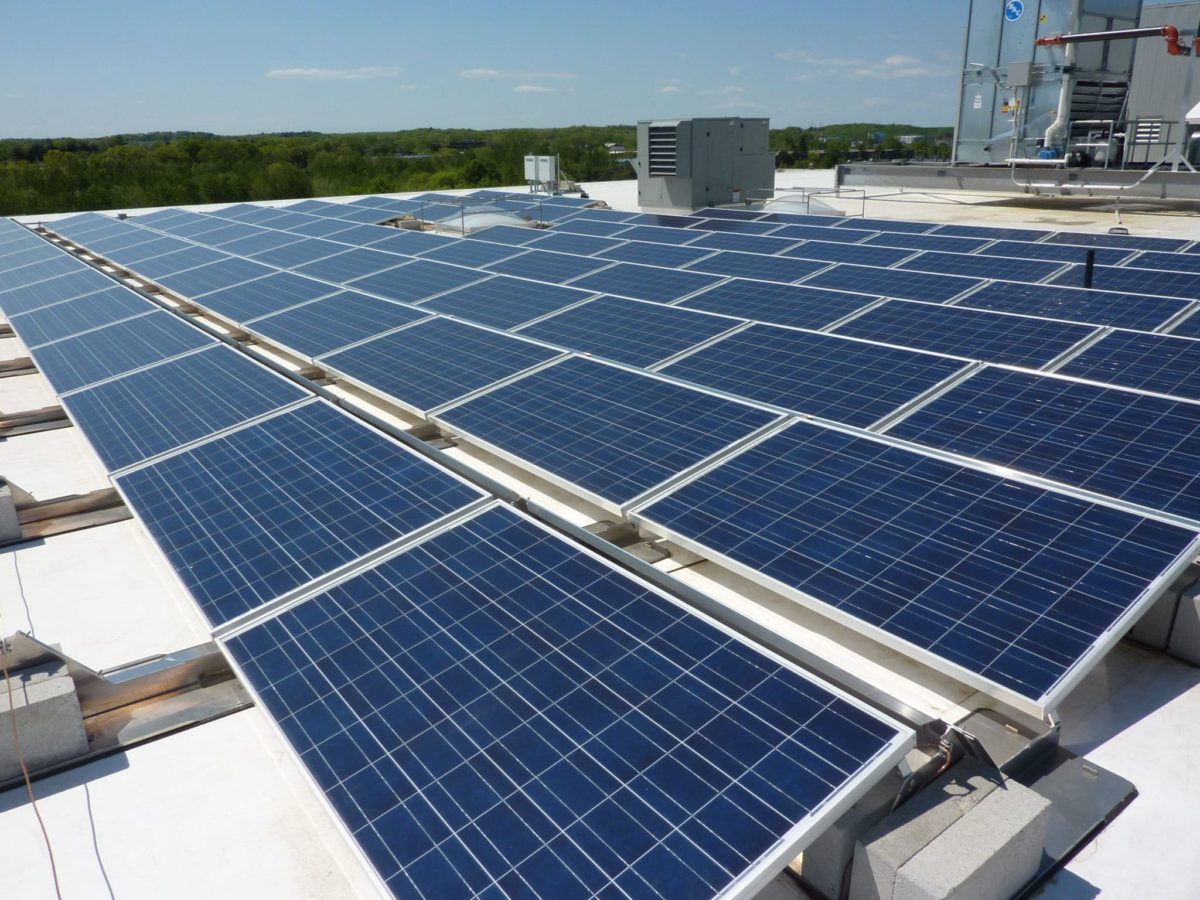Energy storage systems will become a financially attractive option for most residential and commercial consumer categories in India as battery prices drop steeply over the coming years, according to a new report by Auroville Consulting.
Commercial users will start seeing solar-plus-energy storage (sized to store 30% of generated solar energy) becoming financially viable to reduce their electricity bills as early as 2023 for all battery types (lithium-ion, lead-acid, advanced lead-acid). And, by 2025, even sizing the battery to store up to 50% of generated solar energy becomes viable.
In the case of high-paying residential consumers, the financial viability of the solar-plus-storage for the case of 30% solar energy flowing through the battery is delayed by four years, i.e., 2027. And for energy storage sized to store 50% solar, the solar-plus-storage system will not reach grid parity until 2030.
The study also finds that throughout the analysis period up to 2030, advanced lead-acid will continue to compete with Lithium-ion technology and will be comparable in cost. Notwithstanding lesser space requirement and weight of Li-ion battery energy storage systems (BESS), both technologies will remain in play in the future for behind-the-meter application for electricity bill management.
Currently, the levelized cost of solar-plus-energy storage hasn’t reached grid parity in any of the user cases, considering the battery is sized so that at least 30% of solar energy flows through it. For Li-ion BESS and the case of 30% solar PV generation stored in the battery, the average levelized costs of solar plus energy storage for residential, small non-residential, and large non-residential users are INR 13.04/kWh, INR 11.49/kWh, and INR 11.48/kWh, respectively. The corresponding values for advanced lead-acid BESS are INR 12.17/ kWh, INR 10.87/kWh, and INR 10.97/kWh. Hence solar plus energy storage is not a financially attractive option yet for an electricity bill reduction.
However, the Auroville report finds that energy storage will dominate the coming decade as their costs decline, just as the previous decade saw solar PV recording big growth.
Assumptions
The authors computed the levelized cost of solar-plus-energy storage in Tamil Nadu over the next ten years. They adopted a bottom-up approach to analyze the capital costs for standalone energy storage and solar. BESS technologies considered were Li-ion, lead-acid and advanced lead-acid. The cost reduction for each capital cost component of the PV system as well as BESS was taken into consideration for future projection of levelized cost.
Three use-cases were considered: Residential, small non-residential, and large non-residential. BESS capacity assumptions for the three cases were 4 kWh/1–2 kW for residential, 48 kWh/12–24 kW small non-residential, and 96 kWh/24–48 kW large non-residential.
The levelized cost projections of solar-plus-energy storage were compared with the existing retail electricity tariffs in Tamil Nadu. The levelized cost for residential users is compared with the domestic (LT 1-A) retail energy tariff of INR 6.60/kWh, and that of non-residential (commercial) user cases was compared with the LT commercial retail energy tariff of INR 8.05/kWh. These tariffs are assumed to increase at 4% every year.
This content is protected by copyright and may not be reused. If you want to cooperate with us and would like to reuse some of our content, please contact: editors@pv-magazine.com.









2 comments
By submitting this form you agree to pv magazine using your data for the purposes of publishing your comment.
Your personal data will only be disclosed or otherwise transmitted to third parties for the purposes of spam filtering or if this is necessary for technical maintenance of the website. Any other transfer to third parties will not take place unless this is justified on the basis of applicable data protection regulations or if pv magazine is legally obliged to do so.
You may revoke this consent at any time with effect for the future, in which case your personal data will be deleted immediately. Otherwise, your data will be deleted if pv magazine has processed your request or the purpose of data storage is fulfilled.
Further information on data privacy can be found in our Data Protection Policy.